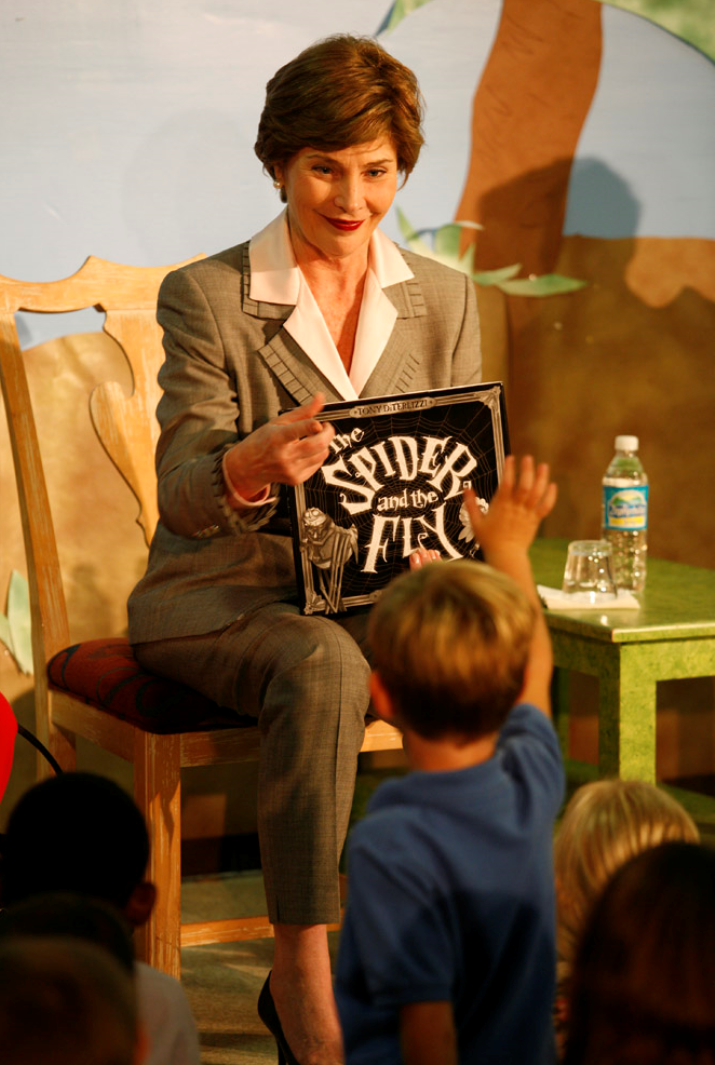The Research Room will be closed on Wednesday, December 24; Thursday, December 25; and Friday, December 26, 2025.
The Research Room will close at 1:00 p.m. on Wednesday, December 31, 2025. Those wanting to do research on that Wednesday or Friday, January 2, 2026 must have their appointments scheduled by Tuesday, December 30, 2025 at 3:00 p.m. All virtual orientations and researcher paperwork must be completed as well.
